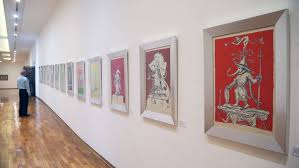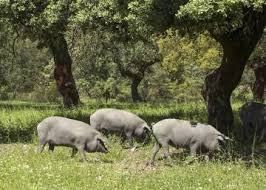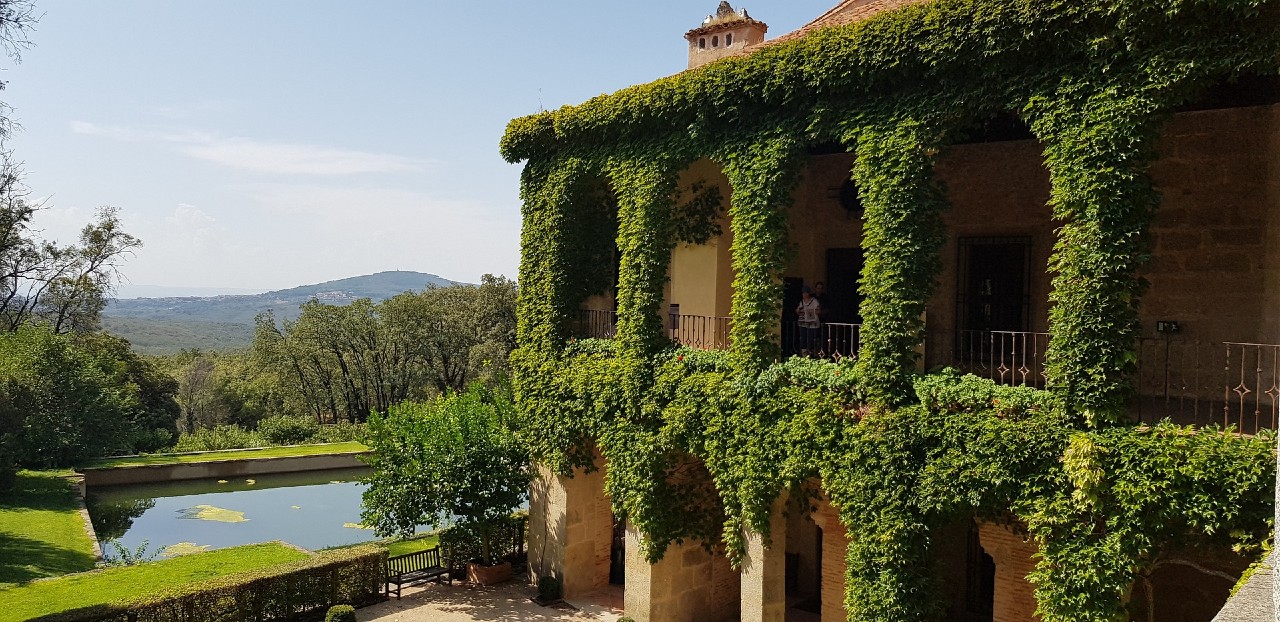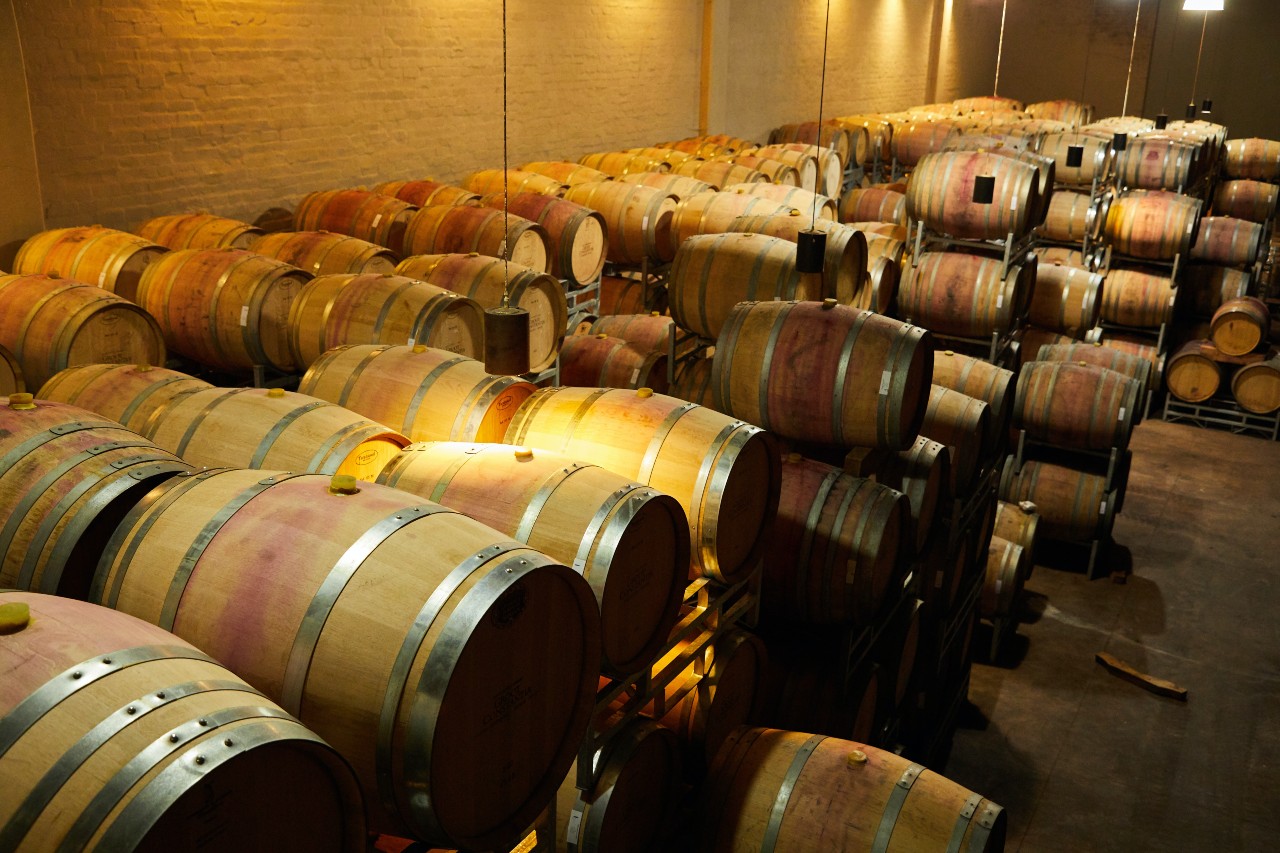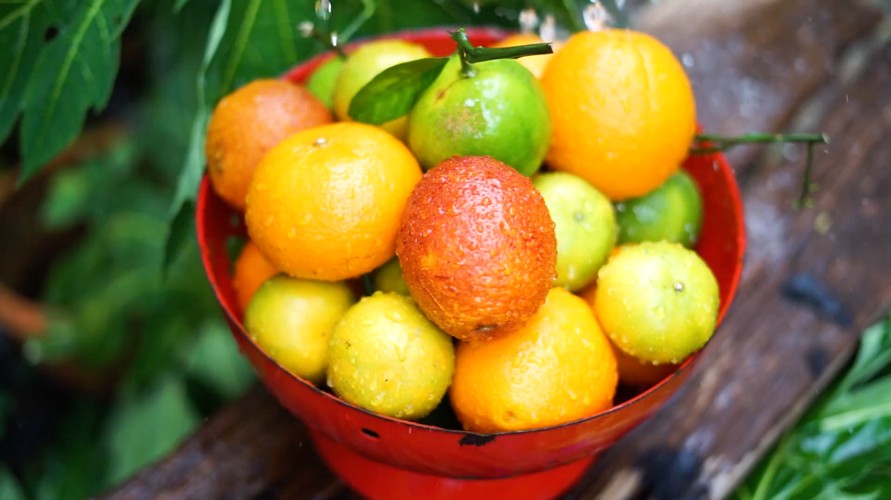The Fallas are already a World Heritage Site of Unesco

The dream has come true. The UNESCO inter-governmental committee, meeting in Addis Abeba, this Wednesday approved the inclusion of the Fallas festival on The Lists of Intangible Cultural Heritage.
The committee has rated the Fallas as an expression of “collective creativity” that “safeguards traditional arts and crafts”. The Fallas are satirical sculptures created by local artists and craftsmen, and they are considered to “foster communication and dialogue amongst the citizens “.
The committee made up of representatives of the 24 nations that have signed the UNESCO Convention to safeguard the Intangible Cultural Heritage, decided to include the Fallas on the list of protected resources to address the “social need” to preserve the arts and traditional crafts, craftsmanship which if not listed would disappear.
Unesco not only recognised the value of the Valencian monuments themselves but also of all the acts which go hand in hand with this festivity that is celebrated from 14th to 19th March: processions of musical bands, floral offerings and culinary events.
The world is a kitchen: the most extraordinary work of the year involves 26 actors
Si Shakespeare decía que el mundo era un escenario, para Arnold Wesker es una cocina. Un lugar que se rige por las mismas normas, los mismos impulsos y las misma fricciones que cualquier otro trabajo. “Es una cocina, pero podría ser una fábrica o una oficina”, escribió el dramaturgo inglés.
La del Marango’s es una olla a presión, un lugar hostil y una trinchera frenética donde el miedo y el amor se abren paso a codazos entre comandas, rodaballos, exabruptos, canciones de la Dietrich, danzas griegas y puñetazos. El mundo, al fin y al cabo, habita en la tripa de esta descomunal cocina que sirve 1.500 comidas al día.
Igual de descomunal es ‘La Cocina‘ que estrena Sergio Peris-Mencheta este viernes en el Teatro Valle-Inclán (del 18 de noviembre al 30 de diciembre). Y decimos descomunal porque levantar hoy una producción de esta envergadura sobre cualquier escenario de España es -salvo esta excepción- una utopía.
La magnitud de este montaje no se queda únicamente en conseguir subir a 26 actores a un escenario con el teatro sufriendo una pérdida progresiva de funciones y espectadores, según los datos del último Anuario de la SGAE de 2015. ‘La Cocina’, además de una obra trepidante y coral, es un espectáculo total para los sentidos. En primer lugar, la obra cuenta con una impresionante escenografía de Curt Allen Wilmer, que ha convertido esta cocina en un escenario de 360 grados. “Cada espectador podrá elegir su propia aventura”, matiza Peris-Mencheta sobre este entramado metálico de cacharros y puestos de verdura, carne o pescado donde se cocina para más un millar de comensales a un ritmo endiablado. Por eso, ‘la bestia’ es el epicentro del espectáculo. Una cocina que atrapa, engulle y deshumaniza a sus trabajadores.
En la obra no habrá comida real, pero sí olores. Los calabacines con mantequilla, la minestrone, el roast-beef, el pollo con sauté, el salmón thermidor, el souflé de vainilla o la macedonia nevada olerán tanto que Peris-Mencheta asegura que el público va a pasar hambre. “Va a oler a la comida que se sirve. El público va a salir con un hambre atroz“, dice entre risas.
De hecho, para coordinar y hacer real toda la coreografía de movimientos que supone hacer los platos han contando con la colaboración de Pepe Rodríguez, el televisivo chef del restuarante El Bohío, pero también con la de Facyre (Federación de Cocineros y Reposteros de España) así como con masterclass de cocineros como el jefe de repostería del Hotel Urban, el chef de Yakitoro o el personal del restaurante Joselito. A los que hay que sumar a Chevy Muraday en la parte de movimiento escénica y al clown Nésto Muzo. Pero los actores también se han implicado sobremanera en la preparación de sus personajes. El director les ha hecho colarse en todas las cocinas de los restaurantes a los que han ido e incluso Diana Palazón ha trabajado como camarera y Javivi estuvo acudiendo a una tahona a aprender el oficio.
A esas bonitas causalidades que han unido a este elenco, se suma que, aunque el proyecto empezó a gestarse hace dos años, fue el pasado 11 de abril cuando se reunió por primera vez la compañía para empezar a trabajar en las tripas de este coloso dramático. Ese mismo día moría Wesker.
Dalí’s gastronomy awakens the senses in Lima
One of the many passions of the Spanish artist Salvador Dalí was the kitchen, an aspect which he carried into his artistic production, and which can now be enjoyed in Lima in the exhibition “Gala’s Dinners” and “The extravagant Dreams of Pantagruel”.
These are two collections of lithographs and photomontage where the Catalan artist explored the universe of foodstuffs, which he represented not simply as such, but that he also altered and reinterpreted.
These collections are being showed in the Pancho Fierro Art Gallery, Situated in the historic centre of Lima, the Latin American city where gastronomy is celebrated as a religion, and there are dozens of cookery schools.
The exhibition consists of a total de 37 works and offers ”an interpretation of gastronomy and foodstuffs through the vision of Dalí”, explained the curator Paola Vaño to Efe. Both collections explore cuisine, from the surrealist art of Dalí which “in which the preparation and the food are metaphors for love”, added Vaño, who is responsible for management and curating at the Iberamerican University Foundation (Funiber).
Prepared in the seventies the collections include collages or photomontages, which were made based on the more than a hundred recipes created by the chefs at the French restaurant Maxim’s.
Vañó remembered that “at some point in his life” Dali wanted to be a chef and that “he was the first to coin the term ‘gastro-aesthetic’.”
“Gala’s Dinners” consists of 12 engravings by the artist, in which foodstuffs appear with other Dalinian images, such as birds and self-portraits, with the aim of giving more soul to objects.
The curator explained that “there are certain foodstuffs that Dalí found somewhat suggestive, vegetables such as the artichoke”.
“He recurred to these elements, a kind of visual feast and invited us into the world of the senses”, explained the curator of the exhibition.
Irruptions were part of the artist’s signature, and he expresses it in “The Extravagant Dreams of Pantagruel”, a collection of 25 reinterpretations of the engravings of Francois Desprez, rescued from the sixteenth century.
In this collection, the artist makes “reference to characters that are present in a hybrid form, part human, part animal and presented as a fauna of characters that also interact with certain elements and with the pleasures of gastronomy”, details Vañó.
In this way, the visitors can observe illustrations which explore areas seldom visited at the time, such as veal cutlets, poultry and king prawns, where Dalí himself appears, close to this imaginary banquet.
“Each of these engravings is an explosion of tastes, of feelings a feast for all the senses; we can even listen to things, because Dalí was a man who explored all the layers and all the possibilities of the senses”, he explained. The curator emphasizes that the exhibition which will be open until the 8th of January, has first been shown in Lima, a city which attaches great importance to its gastronomy and where art still hasn’t explored all the possibilities of culinary input. He felt in this sense that gastronomy is “something that strikes a deep chord” not only in the personal sensitivities but also the social sensitivities of the Peruvians.
Vañó said that “gastronomy is also a pleasure, not only visual” and adds that just as in the Works of Dalí, “engages all our senses “.
“It’s something complete”, is his conclusion regarding the exhibition which reached Peru thanks to the Funiber Foundation and the Metropolitan Municipality of Lima.
This is how they breed in Texas the “pata negra” pigs that Christopher Colombus dreamed about…
At a computer fair in 2015 in Barcelona, Mark Zuckerberg was asked why he was a frequent visitor there. “Probably for the ham”, he replied. Before the Facebook genius declared his love for Spanish ham, two Spaniards had set in motion a pioneering Project in to supply the Iberian delicacy to American consumers, allowing them to satisfy their palate without leaving the country.
In 2013, a Barcelona businessman, Sergio Marsal, and an expert in ham from Seville, Manuel Murga, both 50 years old, got together to raise three million dollars from Spanish businessmen to get a business off the ground. “One year later” says Marsal in a Miami restaurant, “145 magnificent Iberian sows and five lucky male pigs took off from Amsterdam inside a 747 Jumbo jet, heading for the United States of America.
In the General Archive of the Indies in Seville, explains Marsal, there is a document which states that Columbus in his second voyage to the Americas in1493 took with him ”eight Iberian pigs” which set their feet first in La Española (present day Haití and Santo Domingo) and later in Cuba. “He is our inspiration”.
Their company Acornseekers has a ranch in Texas and breeding agreements with two American farmers, one in Texas and one in Florida. The passengers from the 747 Jumbo jet have now bred and there are presently a total of 300 between the two farms, most of them American born.
They have chosen farms in the line traced by the highway Interstate I-10, which crosses the South of the United States from East to West from Jacksonville (Florida) to Los Angeles. It’s the geography of the holm oaks, the tree which provides the acorn, an essential foodstuff for the Iberian pig. “Manolo, who is the technician, believes that the holm oaks were here before the Spanish arrived, but for I prefer the hypothesis that we brought them over”, jokes Marsal.
The quality of the acorn is appropriate, he says, “It’s percentage of oleic acid is perfect. The difference from Querqus Ilex [Spanish holm oak] is negligible”.
The importing of jamón de bellota (acorn-fed cured hams) to the United States has a complicated history. In 2007 Embutidos Fermín was the first company which was able to import cured Iberian ham into the USA. Murga and Marsal have been the first to bring over live pigs. The most complicated thing was overcoming the resistence of Spanish bureaucracy “Our bureaucrats are scared to sign off on something new”, says Marsal.
He also bemoans the fact that “a sector of the Iberian cured meat producers in Spain has applied pressure so that no more pigs leave for the United States. It seems that some feel that we are stealing a Spanish treasure, when our philosophy is the opposite: exporting the best of our gastronomy beyond our borders, as the French did with wine in the Napa Valley [California] or as they are doing with American farms with Japanese Kobe Beef”. Marsal remembers a trip to Miami in 1979 when his parents despaired of finding a restaurant with a wine list. “less than forty years later the United States is the primary consumer of wine in the world and the leading consumer of Spanish wine abroad” he states.
Acornseekers is presently raising the two million necessary to build a ham-drying room and once it’s ready they foresee selling in 2018 the first American-reared “pata negra” hams will be sold at 1,000 dollars each, three times what they cost in Spain.
But they have realized that the cured ham business is a medium term plan, because educating American tastes will take time. Meanwhile they have begun to slaughter pigs to sell Iberian pork as fresh meat, something perfectly understood by the Americans and in which they are well able to appreciate the quality.
“If only one day they are able to forget the turkey that they eat at Thanksgiving,” wishes Marsal, “and they get to know what it means to put a leg of Iberian pork in the oven. And furthermore their own Iberian, Made in America, just as they like it”.




